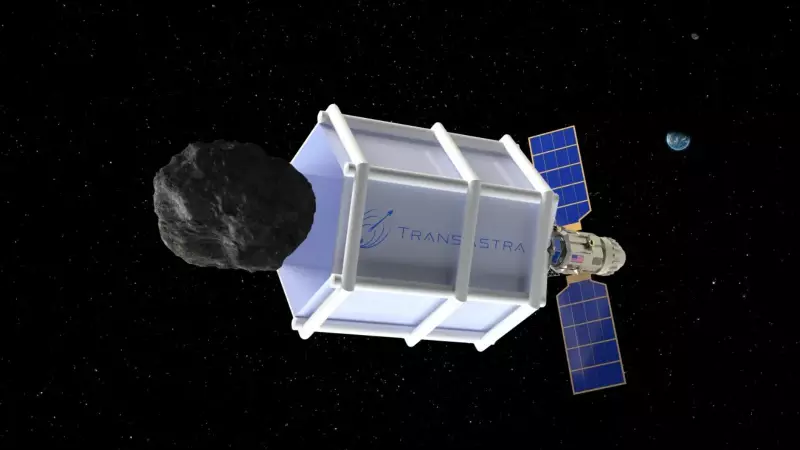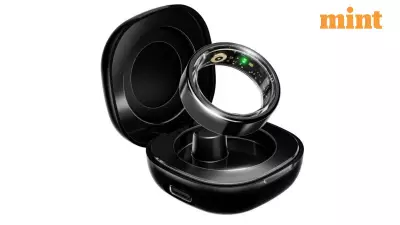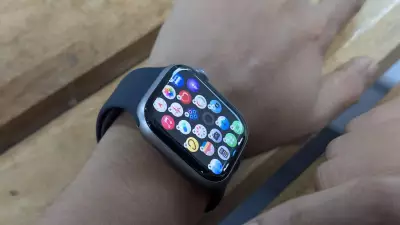
In a groundbreaking development for space exploration and resource utilization, California-based company TransAstra has unveiled its revolutionary Capture Bag technology designed to detect and capture asteroids for mining operations. This innovative approach could potentially solve one of humanity's greatest challenges: accessing the abundant mineral resources available in space while addressing the growing problem of space debris.
What Are Capture Bags?
TransAstra's Capture Bag represents a significant leap forward in space technology. These inflatable devices are constructed from aerospace-grade materials including Kevlar and aluminium, making them durable enough to handle the harsh conditions of space. The bags come in multiple sizes, ranging from micro to super-jumbo versions, capable of enclosing everything from small space rocks to massive boulders weighing up to 10,000 tons.
The technology addresses four critical challenges in asteroid mining: detection, capture, movement, and processing. According to Joel Sercel, founder of TransAstra and former Caltech instructor, a successful mining system must be able to identify viable targets, secure them safely, transport them, and extract their raw materials efficiently.
Proven Technology and Ambitious Timeline
TransAstra has already achieved significant milestones in developing this technology. In October 2025, the company conducted a major test of its Capture Bag aboard the International Space Station, demonstrating the system's functionality in microgravity. The tested prototype measured one meter in diameter, proving the concept's viability.
The company's rapid progress is supported by substantial intellectual property development, holding approximately 21 patents with roughly one new patent added each month. Financially, TransAstra has raised $12 million in venture capital and $15 million through contracts with organizations including NASA and the U.S. Space Force.
Currently, TransAstra is building a 10-meter version of the Capture Bag with $5 million in funding, half of which comes from NASA. The company has identified hundreds of candidate asteroids, particularly those with Earth-like orbits, and plans to begin its first mining operation in 2028.
Dual Purpose: Mining and Space Debris Cleanup
Before attempting to capture valuable asteroids, TransAstra plans to test the technology on space debris, minimizing risk while addressing the growing concern of orbital clutter. This dual-purpose approach makes the technology particularly valuable in today's increasingly crowded space environment.
Eleonora Botta, an associate professor at the University at Buffalo, emphasizes the Capture Bag's ability to manage objects with differing spin rates, making it valuable for both asteroid capture and debris removal. The technology stands out as a practical, cost-effective alternative to more complex systems involving advanced robotics or nets.
John Crassidis, also from the University at Buffalo, praised TransAstra's innovative approach, particularly its use of "Sutter" telescopes deployed in Arizona, California, Australia, and soon Spain to track small asteroids. While he remains uncertain whether enough suitable asteroids can be found to justify the costs, he considers the company's 2028 target ambitious yet promising.
Looking forward, Sercel envisions processing mined materials directly in space, enabling in-orbit manufacturing of spacecraft and infrastructure rather than transporting raw materials back to Earth. This vision could spark what the company hopes will become an industrial revolution in space, fundamentally changing how we approach resource utilization beyond our planet.





